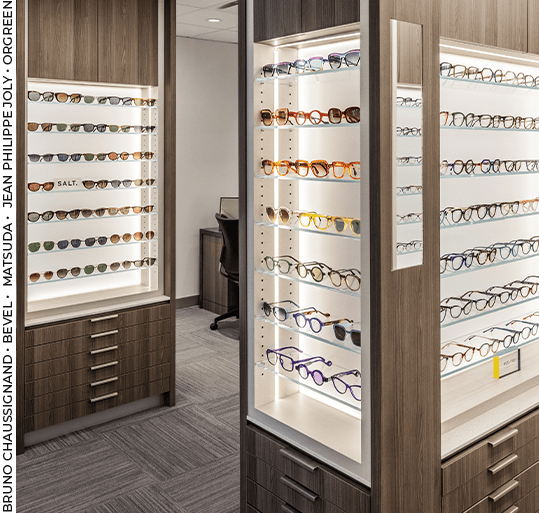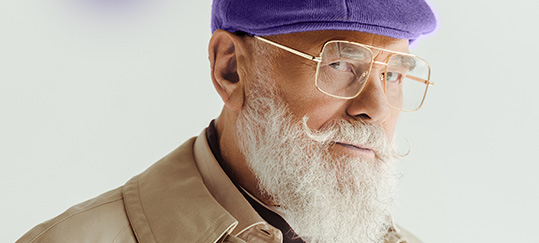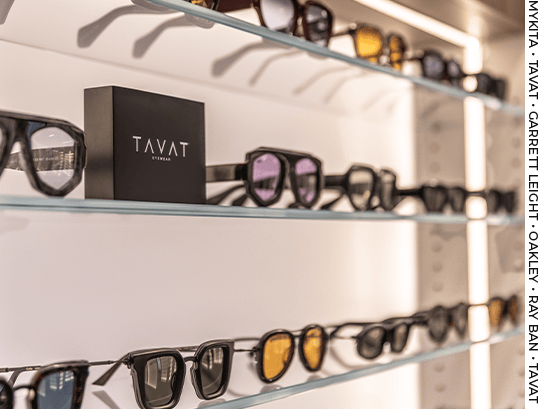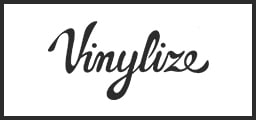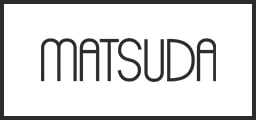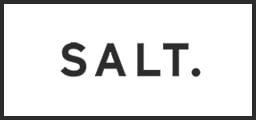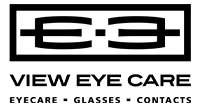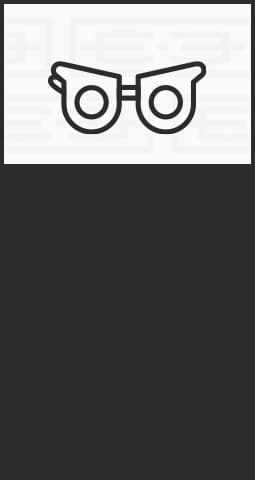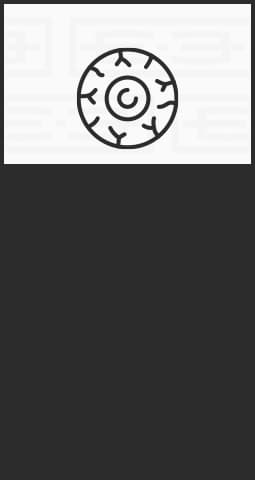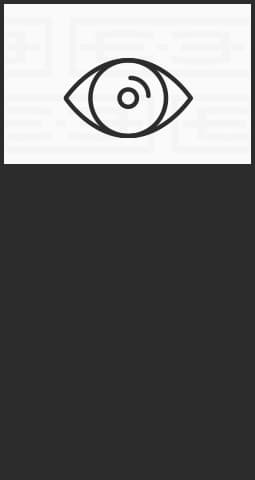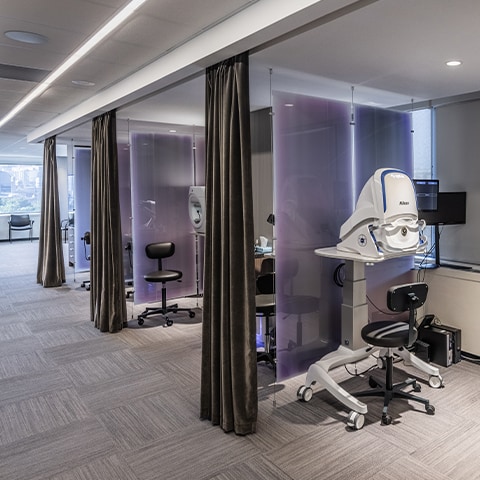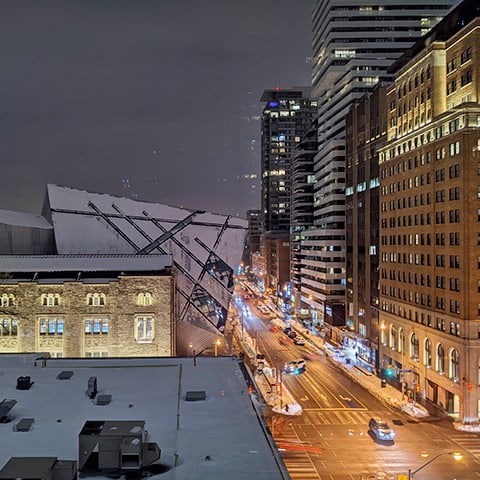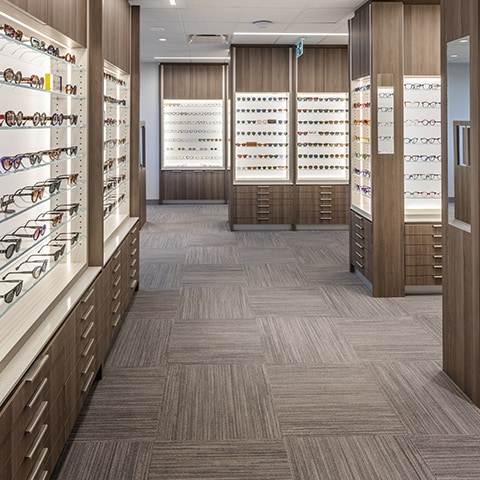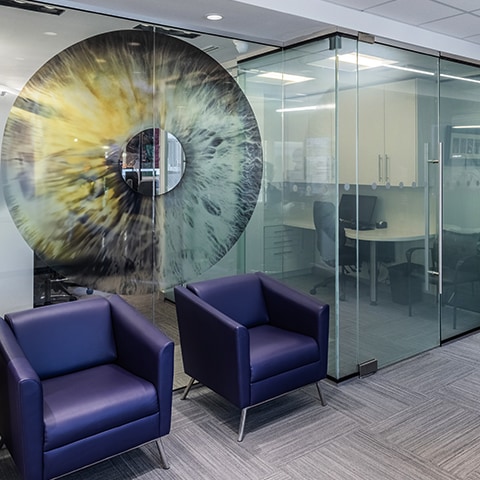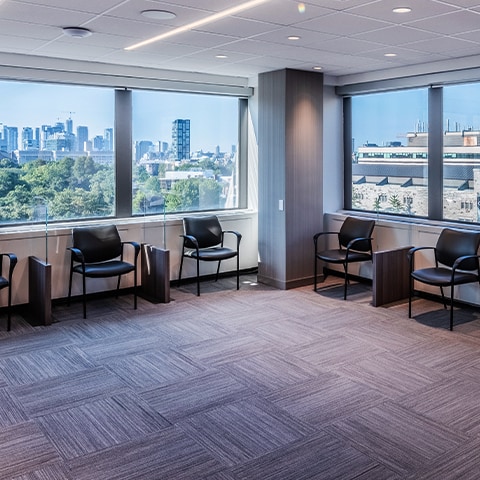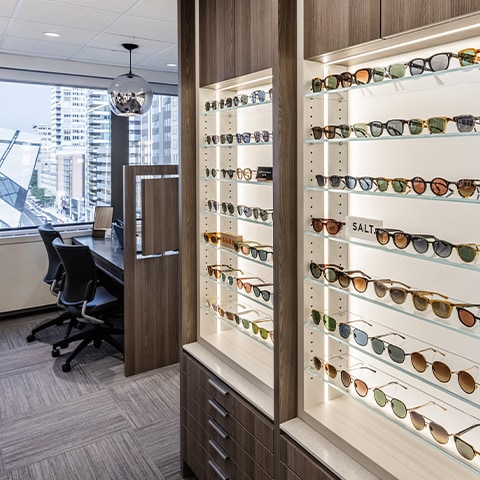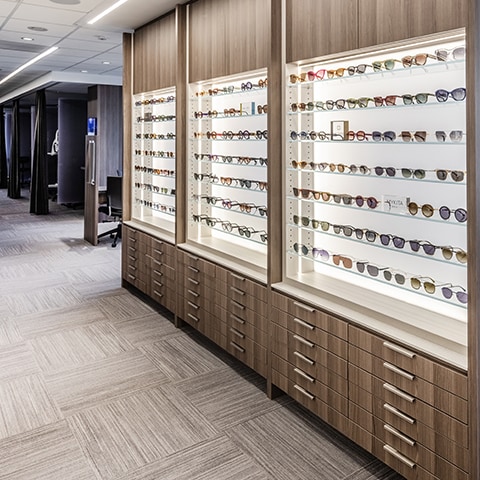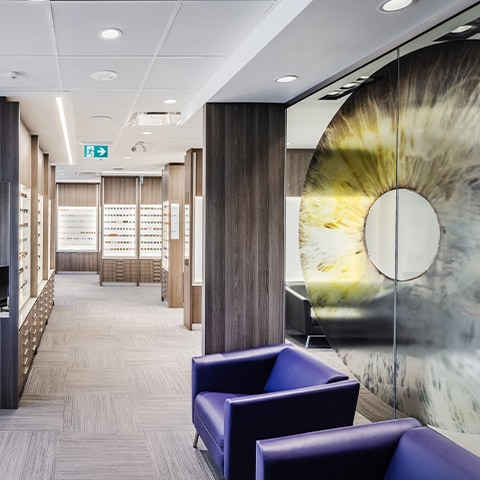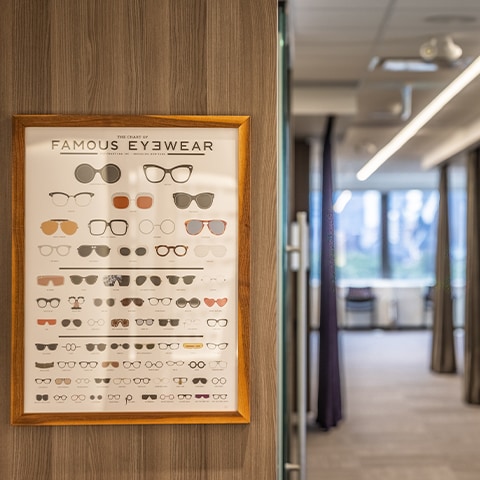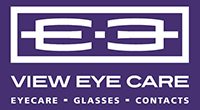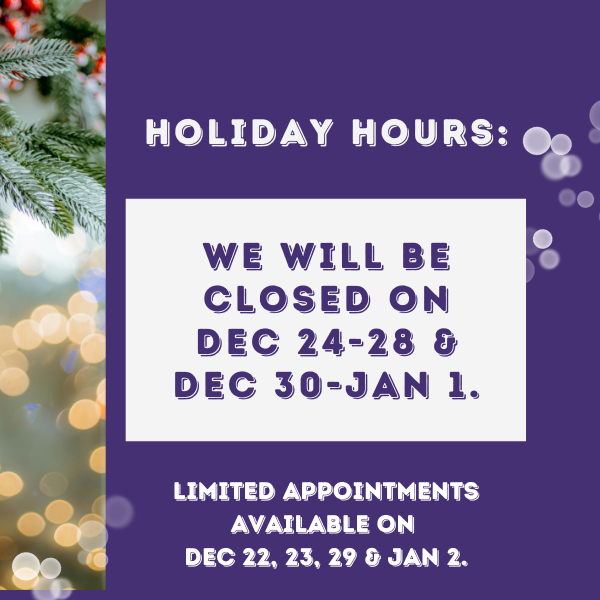Healthy Eyes & Vision at View Eye Care
Your vision is precious, and our team strives to do everything it can to help preserve it. We believe in harnessing the power of technology to deliver comprehensive eye care to our patients.
Our commitment goes beyond providing accurate diagnoses—we invest in different equipment and tools for comprehensive evaluations, optimized treatment plans, and finding solutions for your eye care needs.
View Eye Care uses innovative technologies to examine your eyes thoroughly. We can image the inside of the eye up to 200 degrees, scan all retina layers, and even analyze the optic nerve at the back of the eye. We can also quantify pigment density in the macula and examine the corneal surface, tear film, and eyelid glands. Our technologies can also help treat styes and other conditions affecting the eyelid glands and skin.
For a closer look at our modern approach to eye care, request an appointment with us today.
Book Appointment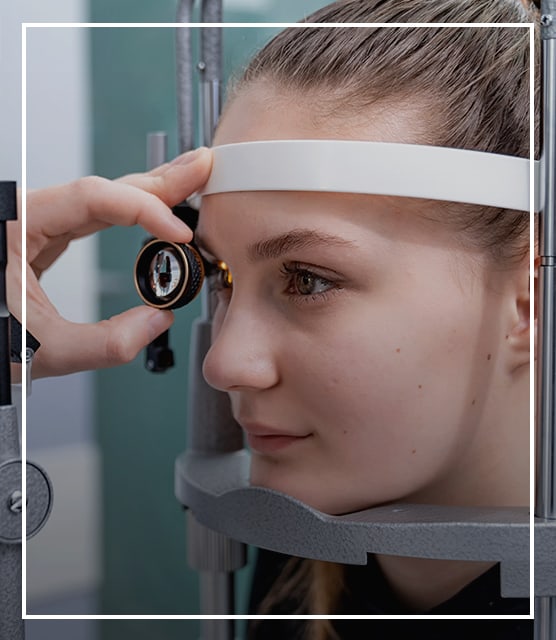
A Full-Scope Eye Care Experience
At View Eye Care, we believe technology is crucial in delivering personalized patient care. We invest in different technology and diagnostic and treatment tools to provide our patients with accurate assessments and treatment options. Our technology empowers us to:
- Diagnose eye conditions early
- Recommend appropriate treatment plans
- Monitor your eye health over time
- Send detailed reports to family doctors, specialists, and other allied health care providers
Examining Your Eyes
Our team knows that details are essential for eye care. That’s why we offer innovative retinal, macular, and optic nerve imaging, scanning, and assessment technology. Technology can be a powerful tool for helping us get a complete picture of your eye health.
Some tests are performed regularly during your yearly eye exam. In addition, other tests may be recommended if we find anything atypical or needing more in-depth analysis.
Optos
The Optomap retinal exam offers an ultra-widefield view of the retina (the inside lining of the eye). This scan helps detect anomalies and pathologies and accurately document and monitor healthy eyes for changes throughout life. The process is quick and painless and can often be done without dilating drops.
Heidelberg HRT
The Heidelberg Retina Tomograph (HRT) is a tool for the early detection and management of glaucoma–an often symptomless, sight-threatening disease.
The HRT is extremely valuable in monitoring those with known glaucoma risk. It complements our doctor’s visual examination of the optic nerve, helping us interpret automated visual field analysis and ocular coherence tomography (OCT) scans.
Automated Visual Field Analysis
Visual field testing and analysis can be instrumental in quantifying different forms of vision loss and can even help determine where the issue originates—whether in the eye, optic nerve, or brain.
The Humphrey Visual Field Analyzer 3 (HFA3), the gold/standard in automated visual field testing, allows the doctors to choose from various testing strategies to help diagnose—and manage—multiple conditions.
We use the Retinalogik virtual reality automated visual field analyzer for younger patients with known or detected eye conditions. This state-of-the-art technology offers doctors a quick initial screening of the visual field to assess whether a more in-depth evaluation is necessary.
Visual fields are beneficial in detecting many ocular conditions, such as glaucoma & macular degeneration, as well as brain tumors, strokes, some forms of multiple sclerosis, certain retinal pathologies, and cataracts, to name but a few. The tests also allow us to monitor specific systemic issues that can impact the eyes, like medication toxicity caused by certain drugs, notably Tamoxifen and Plaquenil/Hydroxychloroquine.
Optical Coherence Tomography (OCT)
Optical coherence tomography (OCT) is a noninvasive imaging technology that can capture images of 10 retina layers and some of the choroid below the retina. Unlike ultrasound, OCT uses light rather than sound to generate an image.
OCT measures the thickness of the retinal nerve fibre layer in patients with glaucoma and other optic nerve diseases. It is the most accurate way to detect, diagnose, monitor, and manage macular degeneration and other retinal conditions.
Today, OCT technology is essential for providing the gold standard of eye care. We train all of our doctors to analyze OCT scans and provide you with accurate diagnoses.
Aesthetic Technology for a Brighter You
Our team is ready to help you look and feel your best with the help of our variety of aesthetic treatments, including:
- Cynosure Icon IPL: A multi-functional platform that uses intense pulsed light technology to help address various aesthetic concerns around the eyes—like fine lines, dark spots, “sun damage”, and spidery blood vessels—helping promote a smoother, brighter, and more youthful appearance.
- Cynosure TempSure RF: A radiofrequency technology that can offer a gentle yet effective approach to rejuvenating the delicate skin around the eyes. TempSure stimulates collagen production, which can improve skin laxity, reduce puffiness, and promote overall skin health for a more youthful and refreshed look.
Technology Tailored to Your Needs
Our technology isn’t just about imaging—our wide array of diagnostic tools helps us gain a comprehensive view of your eye health so we can personalize strategies based on your needs.
We know that technology can sometimes seem overwhelming, but our well-educated and trained team is here to answer any questions and address any concerns. From aesthetics to eye disease management, we have technology for virtually any situation.
iCare Tonometry
The iCare tonometer is a portable, handheld device used to measure intra-ocular pressure (IOP). It uses a small, fine lightweight probe, which makes a split-second, gentle contact with the cornea and is performed without the need for local anaesthetic eye drops.
Cornea Thickness Measuring
Pachymetry refers to the precise measuring of the thickness of the cornea (the clear window of tissue that covers the coloured part of the eye). This value is needed in the diagnosis and management of glaucoma as well in the determination of one’s candidacy for laser corrective surgeries. It is also need in the diagnosis and management of corneal conditions and pathologies.
Meibography & Ocular Surface Analysis
Meibography is the imaging of the meibomian glands—located on the margins of the eyelids. Meibomian glands can often atrophy and become dysfunctional as we age, contributing to dry eye disease and causing symptoms like stinging, irritation, and fluctuating vision.
By determining the atrophy and dysfunction of these glands, our doctors can detect early warning signs and tailor a preventative treatment plan for those experiencing or not experiencing symptoms.
Neurolens
Our state-of-the-art N3 VR headset, paired with Neurolens diagnostic evaluation software, can detect misalignments between the eyes when focusing on near and far distances. It also assesses how well a person can turn their eyes inward when looking at close objects, like a computer or smartphone.
Misalignments and deficiencies in eye alignment can contribute significantly to complaints of trigeminal dysphoria, leading to symptoms like eye strain, fatigue, headaches, light sensitivity, blurred near vision, and neck/shoulder/upper back discomfort from prolonged computer and smartphone use.
The doctor’s test results and evaluations guide our Neurolens prescriptions so we can help alleviate symptoms and facilitate a return to comfortable everyday vision.
Dedicated Care Through Our Technology
Our team at View Eye Care believes that our technologies can help create a productive and educational patient experience. By constantly investing in different technologies, we strive to provide new and accurate diagnoses, personalized treatment plans, and positive results for our patients.
Contact us to schedule your appointment today and experience our technology for yourself.
Book AppointmentOur Location
We are located in Toronto’s Yorkville neighbourhood in the second building just east of Avenue Road. Look for the “151” sign on the building right above the doors, which may be easier to see from the North side of the street. The building’s “151” sign can be hard to spot from the south side—look directly across from Tiffany & Co.
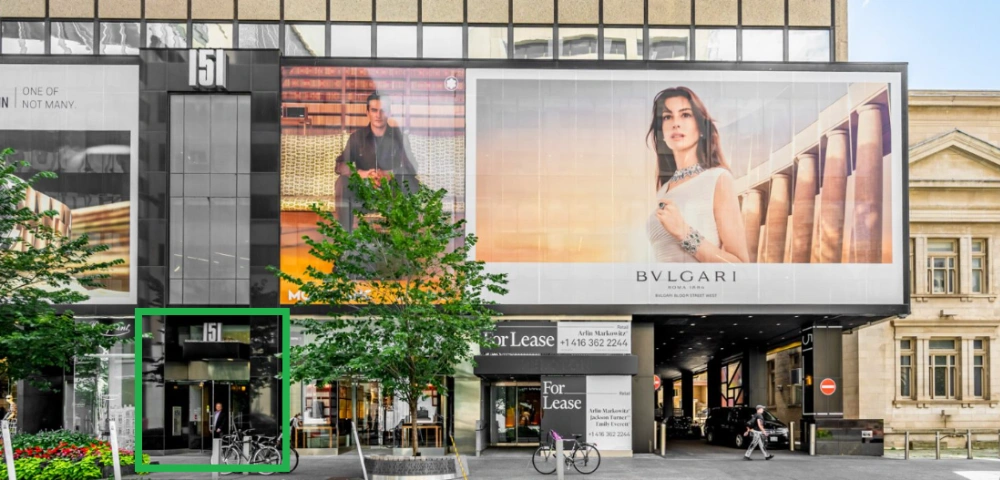
Parking
Colonnade Garage (Currently under construction – parking here is very limited!):
Located on the south side of Bloor between Avenue Rd. and Bay St.
- Height limit: 5’8”
- Entrances:
- Off Bloor (west of St. Thomas St., before the crosswalk)
- Via St. Thomas St. → right on Sultan St. → garage entrance at end
Directions
- Driving west on Bloor: After Bay St., turn left on St. Thomas, right on Sultan.
- Driving east on Bloor: After passing our office, turn right on St. Thomas, right on Sultan.
- Missing the turn adds a long detour!
- Video directions for parking
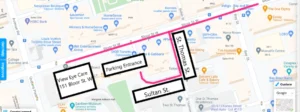
Notes
- License plates are scanned—pay at exit.
- Lot fills quickly; allow extra time.
- After parking, exit onto Bloor via the Colonnade; our building is a short walk west (turn left).
- Alternate parking:
- Manulife Centre, 44 Charles St. W (7-min walk)
- Yorkville Village, 55 Avenue Rd (5-min walk)
- No validation available through our office.
TTC Directions
Our office is within walking distance of Bay, St. George, and Museum stations.
- From Bay Station (Bloor Line): Video Directions
Exit Bay St., walk south to Bloor, then west toward Avenue Rd. Cross to the south side; entrance is a few doors east of Avenue Rd. - From Museum Station (Yonge-University Line): Video Directions
Walk north on Queen’s Park/Avenue Rd., turn right on Bloor (east). Our entrance is a few storefronts in. - From St. George Station (Yonge-University Line):
Exit to Bedford Rd., walk south to Bloor, turn left (east), cross to the south side, and continue past the ROM.
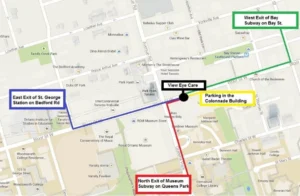
*We are closed on statutory holidays.
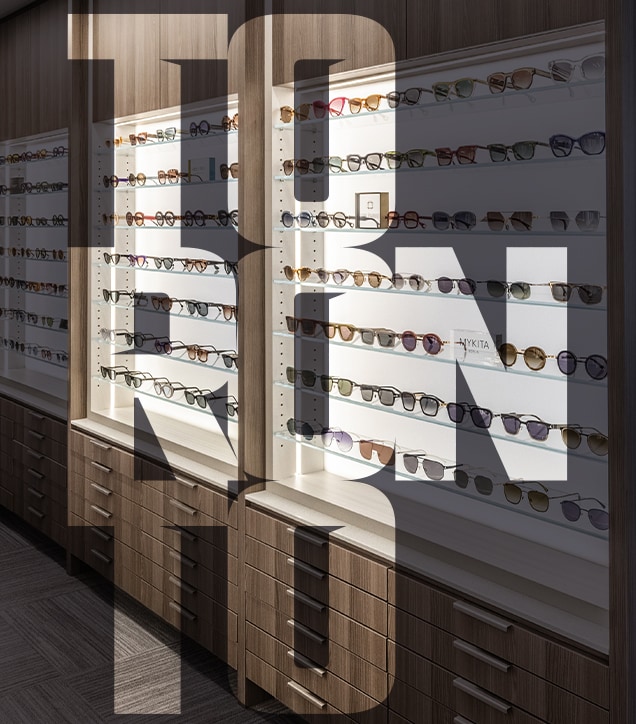
Our Address
- 151 Bloor St W, Suite 703
- Toronto, ON M5S 1S4
Contact Information
- Phone: 416-923-8439
- Email: appointments@vieweyecare.com
Hours of Operation
- Monday: 8:00 AM – 6:00 PM
- Tuesday: 8:00 AM – 6:00 PM
- Wednesday: 8:00 AM – 6:00 PM
- Thursday: 8:00 AM – 6:00 PM
- Friday: 8:00 AM – 4:00 PM
- Saturday: Closed
- Sunday: Closed
Our Services
Our Brands
